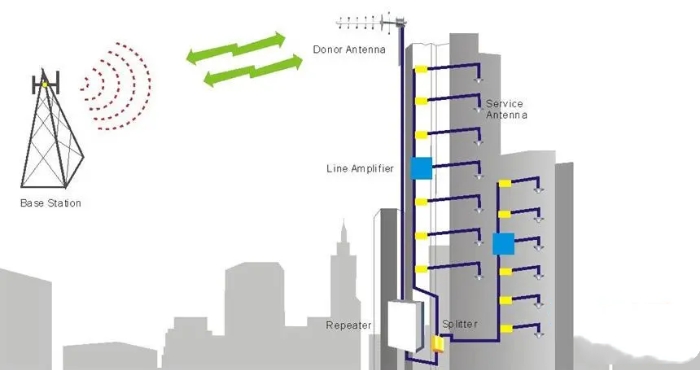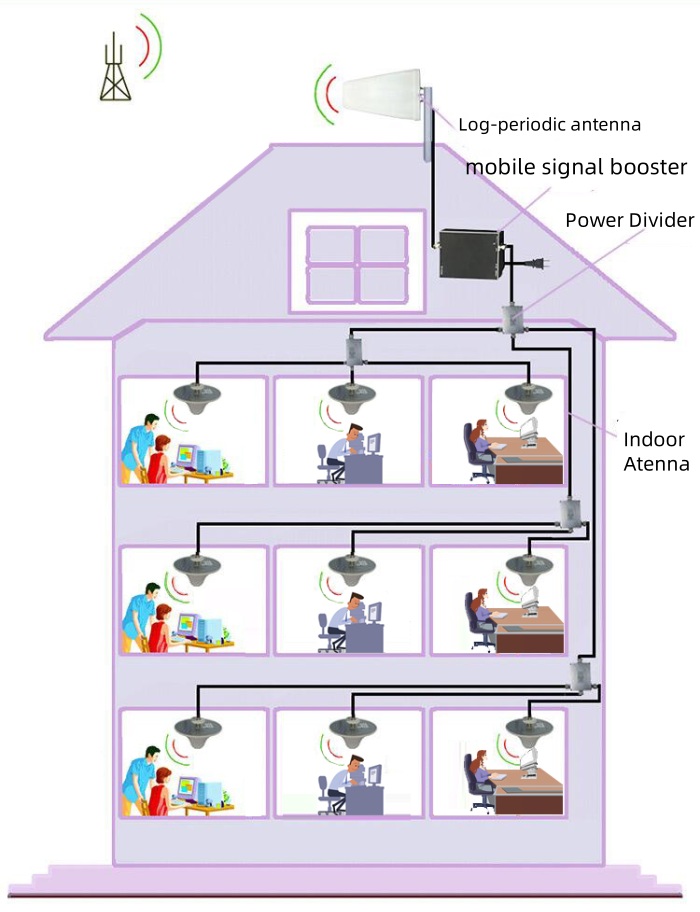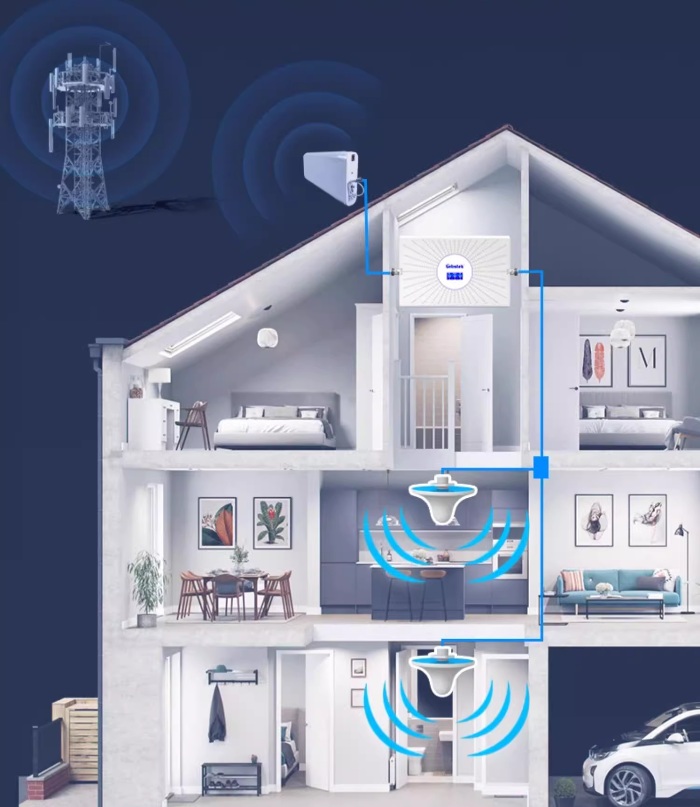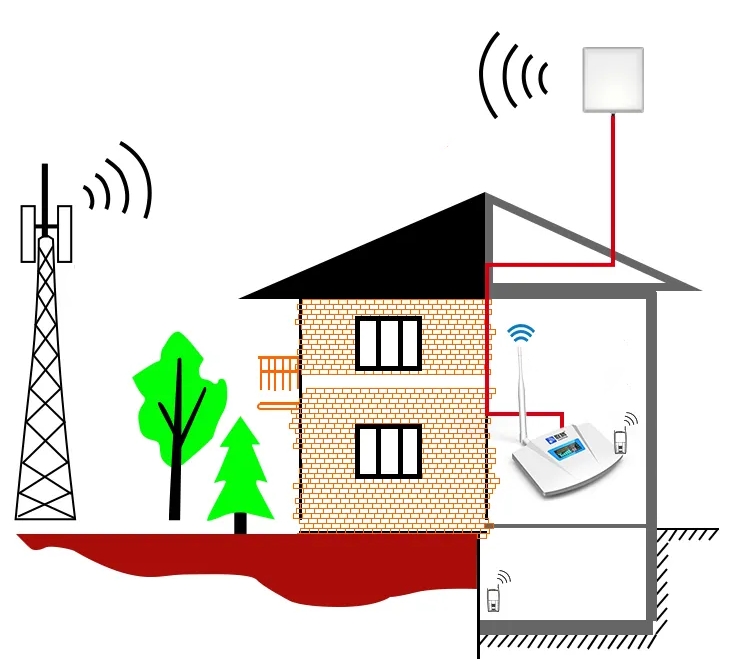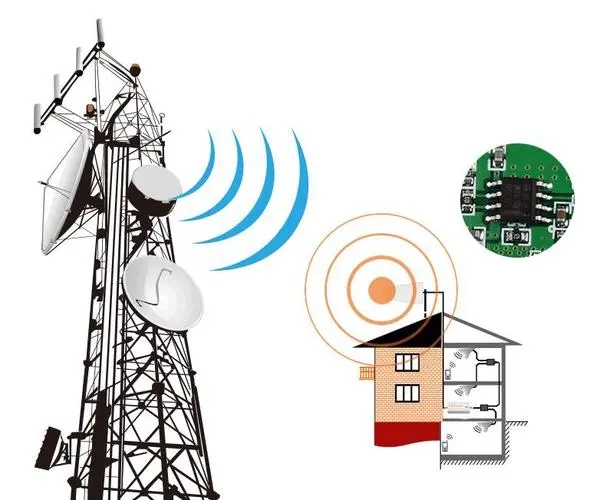In the era of 5G, mobile signal boosters have become essential tools for enhancing indoor communication quality. With a plethora of brands and models available on the market, how do you choose a mobile signal booster that meets your specific needs? Here are some professional guidelines from Lintratek to help you make an informed decision.
First, it’s crucial to identify which frequency bands you need to address—whether it’s GSM, DCS, WCDMA, LTE, or NR. You can test the frequency bands used by local carriers or call them for clarification. If you have any doubts, we recommend consulting our customer service before making a purchase.
Next, consider the coverage area. Different boosters cover varying areas depending on their power and gain. If you need to cover a large space, choosing a high-power mobile signal booster is particularly important. However, keep in mind that excessive power may interfere with surrounding networks, so it’s essential to strike a balance between coverage area and power. Again, if you have questions, our customer service team is here to assist you.
If you require coverage for commercial large buildings or extensive public areas, please contact us. Our professional engineers can provide you with the most cost-effective cellular signal coverage solutions.
When selecting and installing a mobile signal booster, obtaining a strong signal source is crucial. Here are some key points to consider:
1. Signal Strength Detection
Before choosing an installation location, use a mobile signal testing app or a signal strength indicator to identify areas with stronger cellular signals (typically near windows or on rooftops).
2. Choose the Right External Antenna
The type of external antenna (e.g., omnidirectional or directional) should be selected based on the location of the signal source. Directional antennas are suitable for long-distance, specific-direction signals, while omnidirectional antennas are better for signals from multiple directions.
3. Avoid Interference
Ensure that the external antenna is placed away from other electronic devices and metal objects to minimize signal interference. Avoid installing the antenna in locations obstructed by buildings or trees.
4. Consider Installation Height
Aim to install the external antenna at a higher location (such as on the roof), as signals are typically stronger at elevated positions. Additionally, ensure a clear line of sight for the antenna to reduce the impact of obstacles.
Brand reputation is also a critical factor. Choosing a well-known brand for your mobile signal booster often means more reliable performance and better customer support. Lintratek, a leading manufacturer of mobile signal boosters in China, boasts 13 years of production experience. Our products support a wide range of networks, including GSM, CDMA, WCDMA, DCS, LTE, NR, and encompass global mobile communication networks, including 2G, 3G, 4G, and 5G. Lintratek products are widely recognized in the market for their exceptional performance and stability.
Post time: Oct-18-2024








